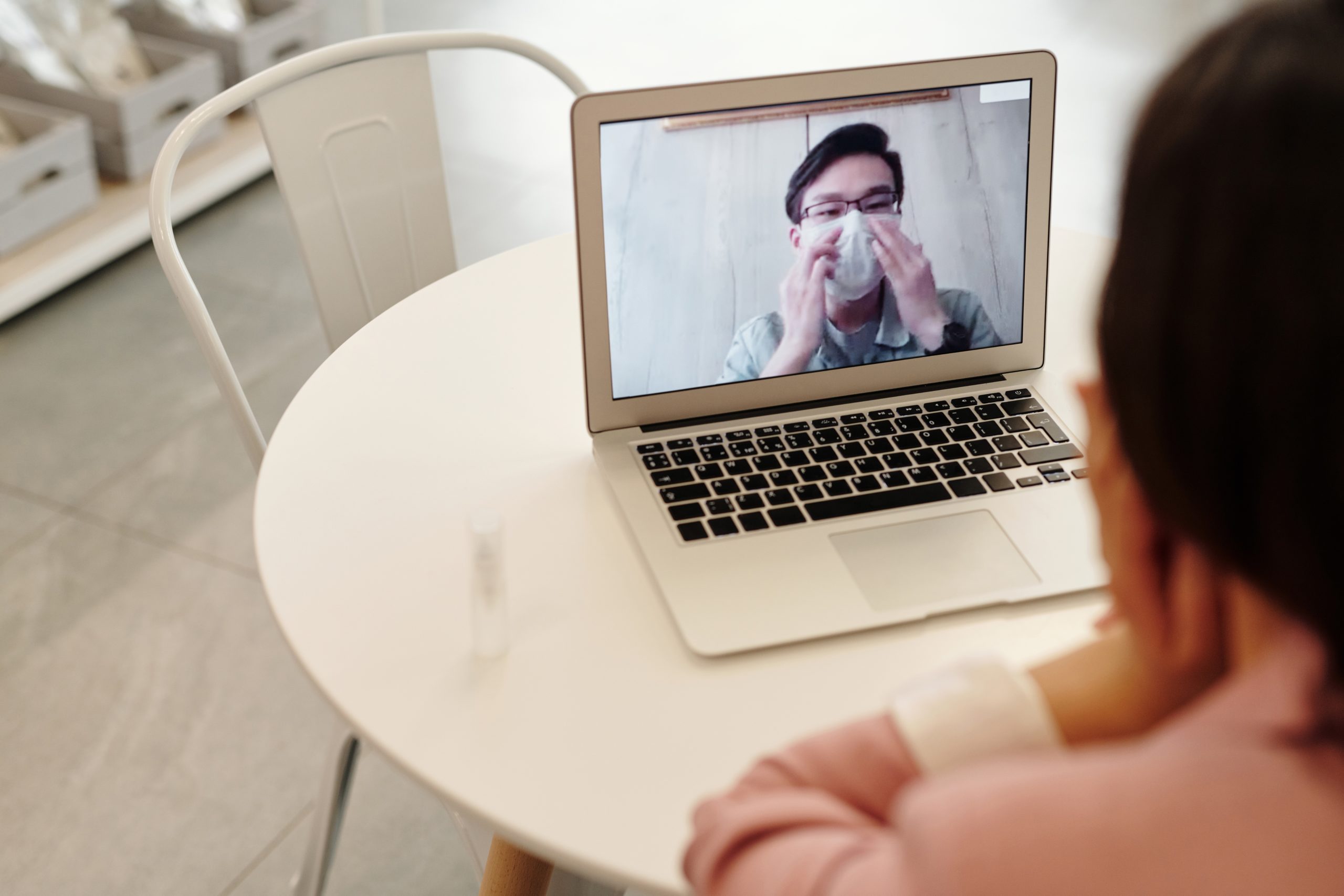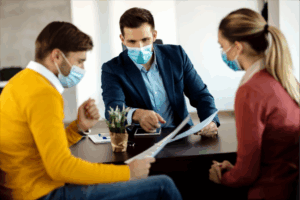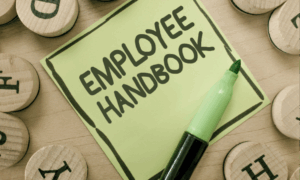This guidance should be used for informational purposes and should not supersede the instructions given to you by your health care provider. For more information, contact your doctor.
CDC Guidance Overview
The decision to discontinue isolation* should be made in the context of local circumstances. Options now include both a time-since-illness-onset and time-since-recovery (non-test-based) strategy, and test-based strategy.
Time-since-illness-onset and Time-since-recovery (non-test-based) Strategy**
Persons with COVID-19 who have symptomsand were directed to care for themselves at home may discontinue isolation under the following conditions:
- At least three days (72 hours) have passed since recovery defined as resolution of fever without the use of fever-reducing medications, and
- Improvement in respiratory symptoms (e.g., cough or shortness of breath), and
- At least seven days have passed since symptoms first appeared.
Test-based Strategy
Previous recommendations for a test-based strategy remain applicable; however, a test-based strategy is contingent on the availability of ample testing supplies and laboratory capacity as well as convenient access to testing. For jurisdictions that choose to use a test-based strategy, the recommended protocol has been simplified so that only one swab is needed at every sampling.
Individuals Who Have COVID-19 and Symptoms
Persons who have COVID-19 who have symptomsand were directed to care for themselves at home may discontinue isolation under the following conditions:
- Resolution of fever without the use of fever-reducing medications, and
- Improvement in respiratory symptoms (e.g., cough or shortness of breath), and
- Negative results of an FDA Emergency Use Authorized molecular assay for COVID-19 from at least two consecutive nasopharyngeal swab specimens collected ≥24 hours apart*** (total of two negative specimens).
Individuals Who Have COVID-19 Without Symptoms
Persons with laboratory-confirmed COVID-19 who have not had any symptoms may discontinue isolation when at least seven days have passed since the date of their first positive COVID-19 diagnostic test and have had no subsequent illness provided they remain asymptomatic. For three days following discontinuation of isolation, these persons should continue to limit contact (stay 6 feet away from others) and limit potential of dispersal of respiratory secretions by wearing a covering for their nose and mouth whenever they are in settings where other persons are present. In community settings, this covering may be a barrier mask, such as a bandana, scarf or cloth mask. The covering does not refer to a medical mask or respirator.
CDC Guidance for Essential Workers Who Have Been Exposed to COVID-19
To ensure continuity of operations of essential functions, the CDC advises that critical infrastructure workers may be permitted to continue work following potential exposure to COVID-19, provided they remain asymptomatic and additional precautions are implemented to protect them and the community.
A potential exposure means being a household contact or having close contact within 6 feet of an individual with confirmed or suspected COVID-19. The time frame for having contact with an individual includes the period of time of 48 hours before the individual became symptomatic.
Critical Infrastructure workers who have had an exposure but remain asymptomatic should adhere to the following practices prior to and during their work shift:
- Pre-screen—Ideally, temperature checks should happen before the individual enters the facility, and symptoms should be assessed prior to starting work.
- Self-monitor—As long as the employee doesn’t have a temperature or symptoms, they should self-monitor under the supervision of their employer’s occupational health program.
- Wear a mask—The employee should wear a face mask at all times while in the workplace for 14 days after last exposure. Employers can issue facemasks or can approve employees’ supplied cloth face coverings in the event of shortages.
- Social distance—The employee should maintain 6 feet and practice social distancing as work duties permit in the workplace.
- Disinfect and clean work spaces—Clean and disinfect all workspaces and shared electronic equipment routinely.
CDC Guidance for Employers of Essential Workers Who Have Been Exposed to COVID-19
If the employee becomes sick during the day, they should be sent home immediately. Surfaces in their workspace should be cleaned and disinfected. Information on persons who had contact with the ill employee during the time the employee had symptoms and two days prior to symptoms should be compiled. Others at the facility with close contact within 6 feet of the employee during this time would be considered exposed.
Employers should implement the recommendations in the Interim Guidance for Businesses and Employers to Plan and Respond to Coronavirus Disease 2019 to help prevent and slow the spread of COVID-19 in the workplace. Additional information about identifying critical infrastructure during COVID-19 can be found on the DHS CISA website or the CDC’s specific First Responder Guidance page.
For More Information
For more information regarding the CDC’s guidance, click here. To get more information about your specific situation, please contact your doctor. Source






